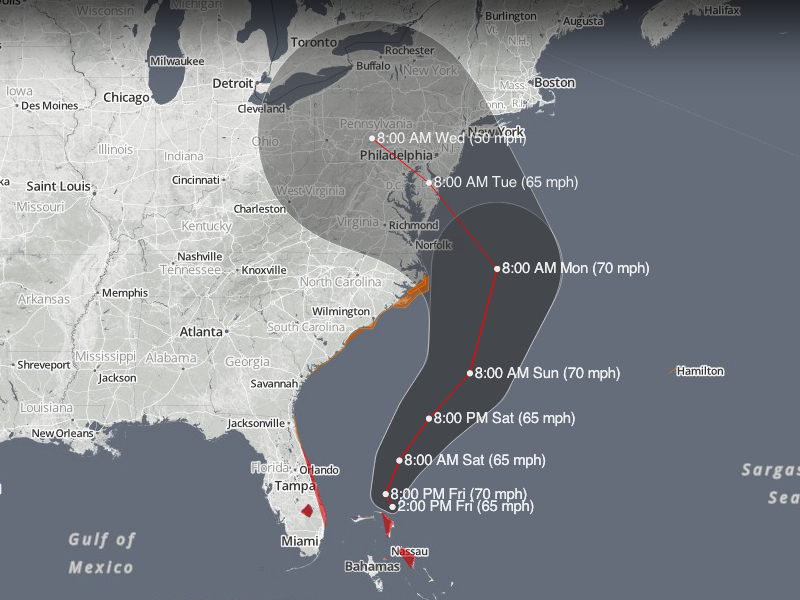Here's a last minute entry on what you'll find about Hurricane Sandy on the geoblogs.
-
Yesterday Google published New Crisis Response maps feature preparedness information for Hurricane Sandy, which includes:
- Location tracking, including the hurricane’s current and forecasted paths, courtesy of the NOAA-National Hurricane Center
- Public alerts, including evacuation notices, storm warnings, and more, via weather and earthquake.usgs
- Radar and cloud imagery from weather and the U.S. Naval Research Laboratory
- Evacuation information and routes
- Shelters and recovery centers will appear as they become operational
- Storm footage and storm-related YouTube videos, curated by Storyful
- MapBox offers two different examples of how you can use open source tools and open data from the U.S. National Hurricane Center (NHC) to visualize Hurricane Sandy’s projected path over the next five days
- The ESA also cares about Sandy, NASA's TRMM Satellite Analyzes Hurricane Sandy in 3-D
- The GEB ofers some basic information on viewing Hurricane Sandy in Google Earth and APB offers some more links
It's obviously not the first time we talk about hurricane data and maps. From MapBox:
